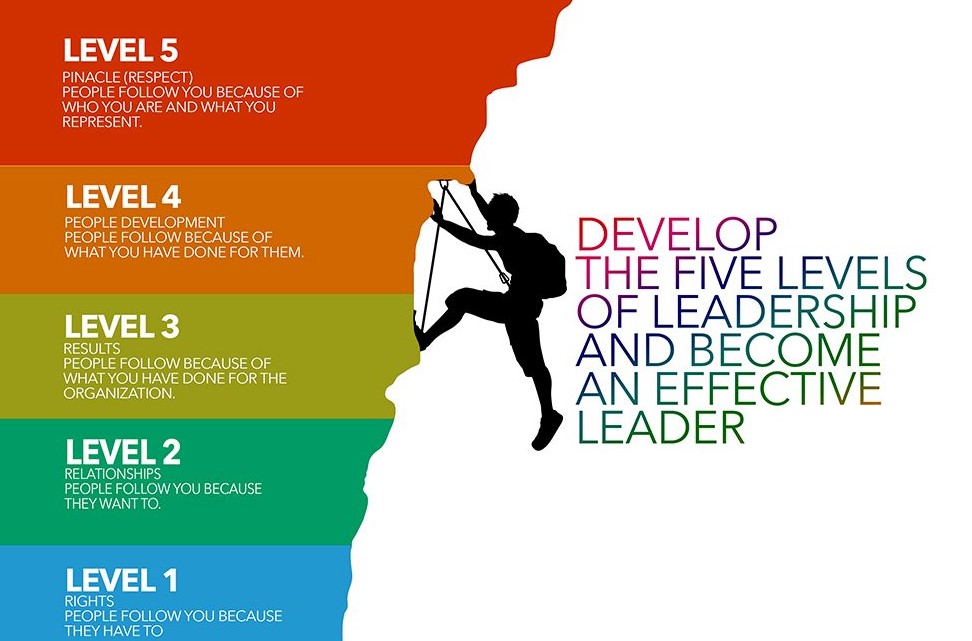We give way to much power to negative thoughts which limit our abilities and relationships.Minds cluttered with doubts, fears and negative thoughts have an impact on our health. Negative attitudes and feelings of helplessness and hopelessness can create chronic stress, which upsets the body’s hormone balance, depletes the brain chemicals required for happiness, and damages the immune system. Stress from negative thinking creates changes in the brain that may affect our mental health and lead to disorders such as anxiety, depression, ADHD, schizophrenia and mood disorders. Negative thought impacts your work, your family and your friendships. Here are 5 steps you can take today to become a more positive person:
In fact, one study by the University of Warwick found that positivity among employees causes a 12% jump in productivity, while employees who are less-than-pleased with their working situations are 10 percent less productive. Workplaces that embrace positivity are more productive, profitable and have higher satisfaction levels. Here are some examples to create an empowering, supportive and happy environment conducive for success. • Caring for your colleagues as friends. Relationships are strengthened, energy is heightened and buffers are built that help people bounce back from difficulties better. Instead of feeling overwhelmed and stressed, everyone feels empowered to overcome challenges. Harness the power of positivity |



